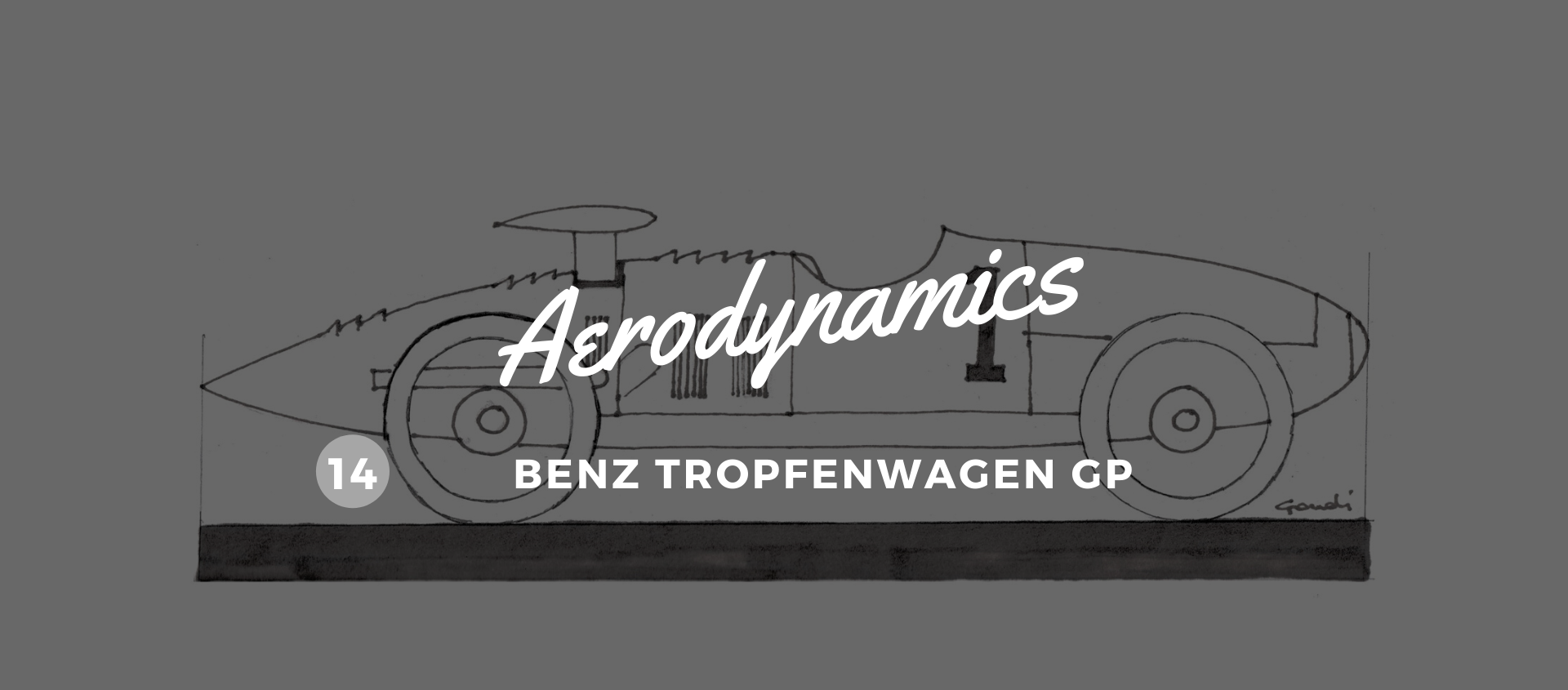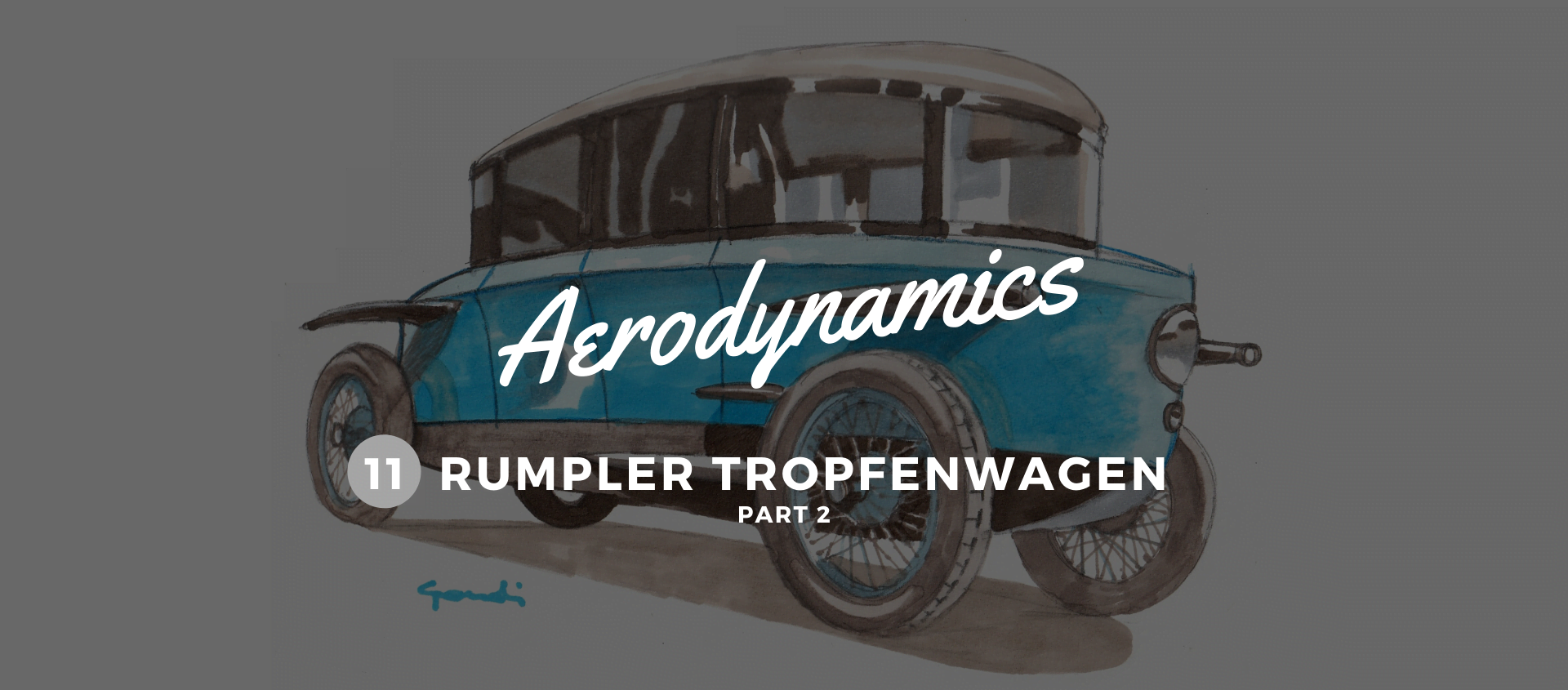1927. Stutz “Black Hawk". The day the white hawk turned black
29 June 2020 1 min read 4 images

Over time, the desire for supremacy has robbed the world of some great talents. One is Frank Lockhart, born in the USA in 1903, and, by the age of 23, already a racing idol with various successes under his belt, including Indianapolis. Lockhart is also a perfect example of how it is possible to create an extraordinarily innovative and high-performance car on the basis of experience rather than formal learning.
Register to unlock this article
Signing up is free and gives you access to hundreds of articles and additional benefits. See what’s included in your free membership. See what's included in your free membership.
Already have an account? Log In


